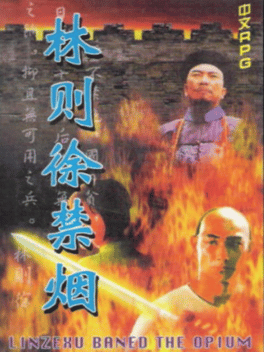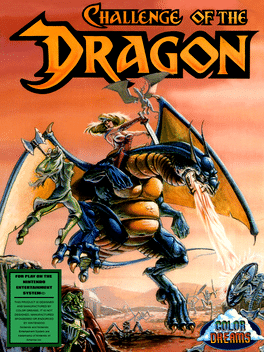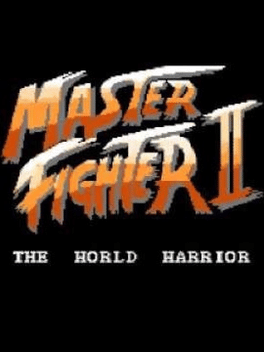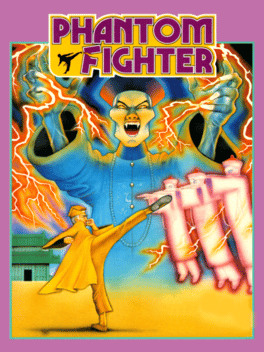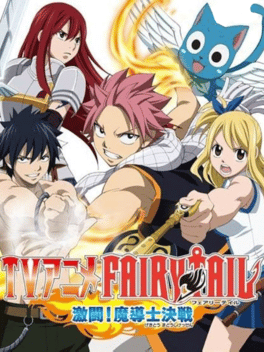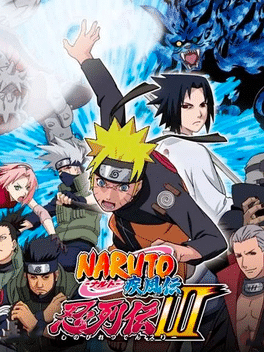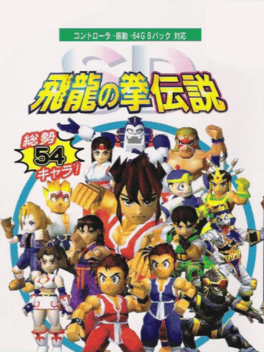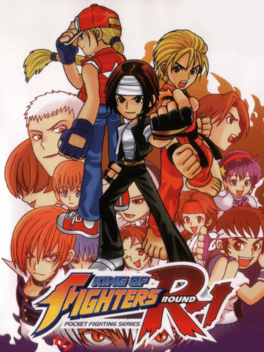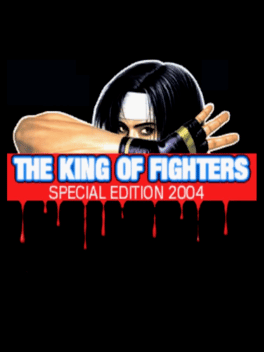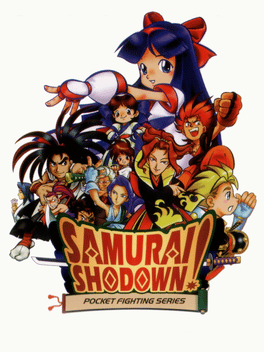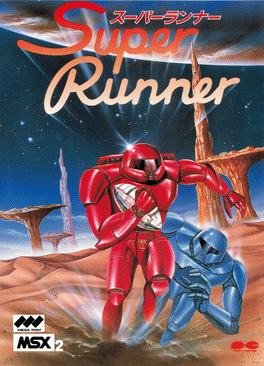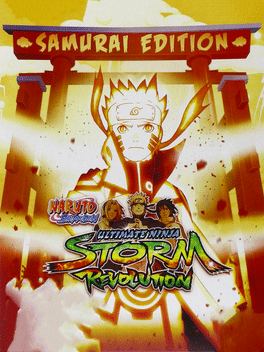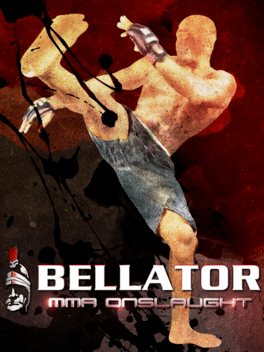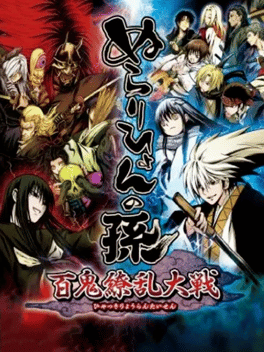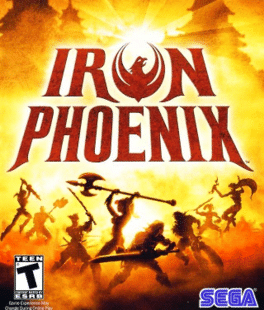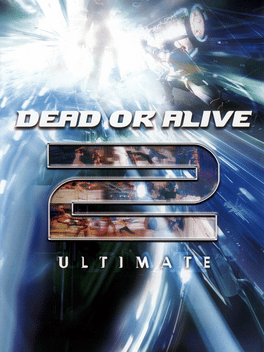Most Popular Nintendo 64 Games - Page 102
-
Dream Fighter
1992
Dream Fighter
1992
Unlicensed fighting game by Caltron for the Famicom. Tony must fight his way around the world to prove he is the greatest world warrior, the Dream Fighter! -
Linzexu Banned the Opium
1998
The Opium Wars of 1839 to 1842 and 1856 to 1860 marked a new stage in China’s relations with the West. China’s military defeats in these wars forced its rulers to sign treaties opening many ports to foreign trade. As opium flooded the country despite imperial prohibitions, the court debated its response. On one side, officials concerned about the economic costs of the silver drain and the social costs of addiction argued for stricter prohibitions, aimed not only at Chinese consumers and dealers but also at the foreign importers. On the other side, a mercantile interest including southern coastal officials allied with local traders promoted legalization and taxation of the drug. As opium flooded the country despite imperial prohibitions, the court debated its response. On one side, officials concerned about the economic costs of the silver drain and the social costs of addiction argued for stricter prohibitions, aimed not only at Chinese consumers and dealers but also at the foreign importers. On the other side -
Challenge of the Dragon
1990
Are you the savior spoken of in the ancient legend? Only your Dragon Style blend of sword and martial arts can save you now... Your girlfriend has been kidnapped by the dark necromancer. Lightning sears the skies and leaves blow in the wind as you fight your way through 7 perilous worlds of Valkyries, Ninja, Dragons and even pesky fireflies waiting to feed on your carcass. Use your incredible acrobatic abilities to outsmart your enemies. Be brave... for ahead lies the Challenge of the Dragon! -
Street Fighter II
1992
Street Fighter II
1992
Street Fighter II (also known as Street Fighter II: The World Warrior) is an unlicensed port of the fighting game by Capcom, developed by Hummer Team for the Famicom and published by Cony Soft under their Yoko Soft alias in 1992. -
Phantom Fighter
1990
Phantom Fighter
1990
Wacky Chinese phantoms, Kyonshies, are on the loose, wreaking havoc in eight villages. Phantom Fighter and his incompetent assistance are the only ones who can save the villagers from these zombie ghosts that get bigger and stronger as you get better. Answer tricky quizzes to acquire special skills from the Kung Fu Master. Then you can chop and kick your way to victory! Based on the movie "Mr. Vampire". -Over 15 types of powerful enemies -Sophisticated animation with smooth movement -Password memory feature for continuing play -Exciting full sound effects -Fun-filled dialogue and bonus quizzes -Eight villages filled with mysterious ghost-filled houses, cemeteries and academies -
Joy Mech Fight
1993
Joy Mech Fight
1993
One of the last Famicom games before the shift to the Super Famicom, Joy Mech Fight brings the full fighting game experience to the NES with top-notch controls, visuals and audio! Players can enjoy a single player campaign and fight against the computer, or go head-to-head in a two-player versus mode. Although Japan exclusive, the game would eventually come to the west through Nintendo Switch Online in September 2023. The game is referred in the Super Smash Bros. series with the official romanization of "Joy Mech Fight". -
Fairy Tail Gekitou! Madoushi Kessen
2010
It is the first Fairy Tail game on the Nintendo DS developed by Hudson and it follows the story from the Macao arc to the Tower of Heaven arc. -
Naruto Shippuden: Ninja Destiny 3
2009
Naruto Shippuden: Ninja Destiny 3 (Shinobi Retsuden 3) is an Action game, developed and published by Takara Tomy, which was released in Japan in 2009. -
One Piece: Gear Spirit
2007
One Piece: Gear Spirit is a fighting game for the Nintendo DS based on the manga and anime, One Piece. -
SD Hiryuu no Ken Densetsu
1999
An updated version of Hiryuu no Ken: Twin (Flying Dragon overseas), entitled SD Hiryuu no Ken Densetsu (lit. SD Legend of the Fist of the Flying Dragon), was released in Japan only, adding more characters (such as Jack, Ryu, and Gofire from the Super Chinese series), items and a new gameplay mode. It also removed the more realistic "Virtual Mode", favoring the super deformed "Quest Mode". Playable characters are Ryuhi, Hayato, Min Min, Wiler, Shouryu, Yuka, Suzaku, Powers, Robo No Hana, Bokuchin (unlockable), Jack, Ryu, Raima, E. Quaker, Ellie, Gofire, Ryumaou (unlockable). -
King of Fighters R-1
1998
King of Fighters R-1
1998
The King of Fighters: R1 marks SNK's first time bringing the KOF series onto a handheld... and what better system than their own Neo Geo Pocket to do just that? 14 of the most well known KOF characters make their appearance in KOF: R-1, along with some recognizable backgrounds and gameplay features based on The King of Fighters '97. Players can choose from "Extra" & "Advance" play modes similar to KOF '97, and most characters play closely to their original versions. -
The King of Fighters: Special Edition 2004
2004
Every year KOF improves its style, adds characters and creates a different story with a variety of fighting techniques. -
Samurai Shodown!
1998
Samurai Shodown!
1998
Iza To! En Garde! Dude! Twelve of the mightiest samurai, ninja, knights, and warriors from Japan, France, the United States, and China lock swords in NEO GEO's SAMURAI SHODOWN. With blades, bare knuckles, rage, and various Methods of Mayhem, fight your way to the final battle with Satan's Shogun. Use all powers at your disposal to get a head! -
Super Runner
1987
Super Runner
1987
Sports type running game with a twist. This game can be played with two players or against the computer. You need to pick up an object that resembles an American Football and be the first to cross the finish line. The other player needs to try to take the ball from you. For this you can hit and kick each other. On the first level it is just a straight run, there are no objects or enemies to stop you. But on subsequent levels you will need to avoid varies enemies and use your hitting and kicking to break blocks that are in your way. The blocks can fall on your head which stuns you for a few seconds, likewise if you get hit by an enemy. Get hit too often and you die. -
Naruto Shippuden: Ultimate Ninja Storm Revolution - Samurai Edition
2014
Take your Naruto experience even further with the Samurai Edition, including a Naruto figurine, in-game costumes and more! Take part in amazing battles between the most skilled ninjas in the Naruto universe! Choose from over 100 playable and support characters to fit your playing style perfectly. Enter the Ninja World Tournament and battle against 3 ninjas with the aim to earn the most battle orbs. Master the new gameplay mechanics and dominate your opponents with your superior skill. -
Bellator: MMA Onslaught
2012
Earn your title as you fight to be the best mixed martial artist around in Bellator: MMA Onslaught. -
Iron Phoenix
2005
Iron Phoenix
2005
Iron Phoenix is a Wuxia/Hong Kong Cinema style fighting game that allows Xbox Live battles with up to 16 players. The fighting system is based on the weapon and character selection, allowing hundreds of move combinations. In the distant past, a meteorite fell to earth (the "Iron Phoenix") and was forged into seven powerful magical weapons by a master weaponsmith. They proved to be his doom, however, as the World of Martial Arts is nothing if not unkind to those without the power to protect what is theirs. Combatants choose from 10 character models, each of which has 2 variations. There are also a variety of monster and undead models that can be used. Each character has different configurations of strength, speed and health, affecting their performance in a fight. These characters are combined with weapons (sometimes pre-selected, sometimes grabbed in a free-for-all during a fight) to allow for a wide variety of play styles. The weapons are: Phoenix Wings (Hand Blades), Searing Dagger, Ember Sword (Longswor -
The King of Fighters: Maximum Impact - Maniax
2005
The first-ever 3D version of King of Fighters has finally arrived, complete with all your favorite SNK characters. In King of Fighters: Maximum Impact, rival gangs are vying for the chance to rule the underworld of Southtown. As one of more than 16 fighters, you must prove that you're the greatest fighter in the world in five gameplay modes, including Story, Versus, Survival, Practice, and Training. The game's enhanced character movement lets you perform four new jumps, powerful combo moves, and the new Knock Back Attack. -
Dead or Alive 2 Ultimate
2004
Dead or Alive 2 Ultimate is a compilation fighting game. The compilation contains the Sega Saturn version of Dead or Alive and an enhanced remake of Dead or Alive 2 which utilized the Dead or Alive Xtreme Beach Volleyball graphics engine and offered Dead or Alive 3 game mechanics, new game content, online multiplayer capabilities and the inclusion of Hitomi as a playable character.

